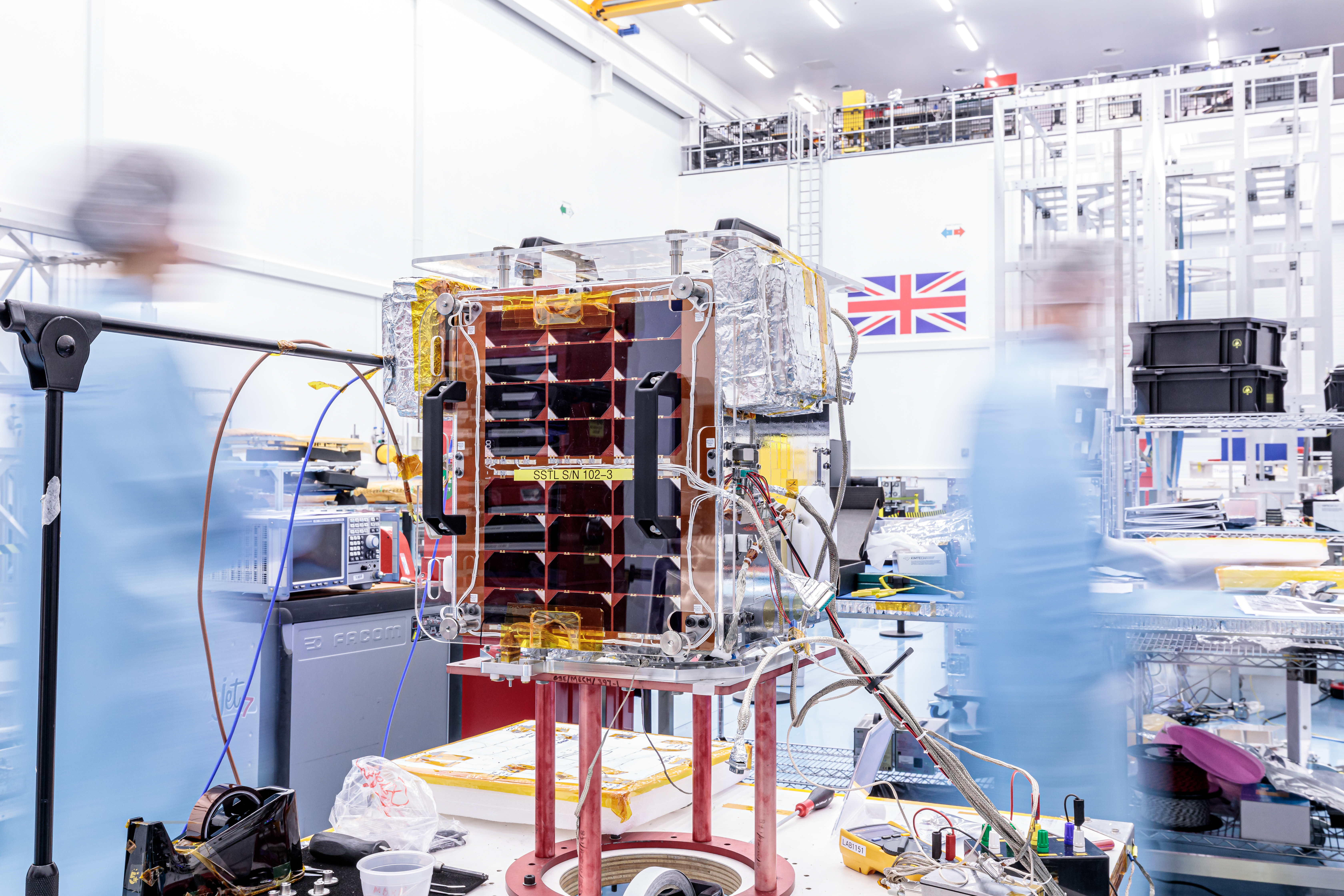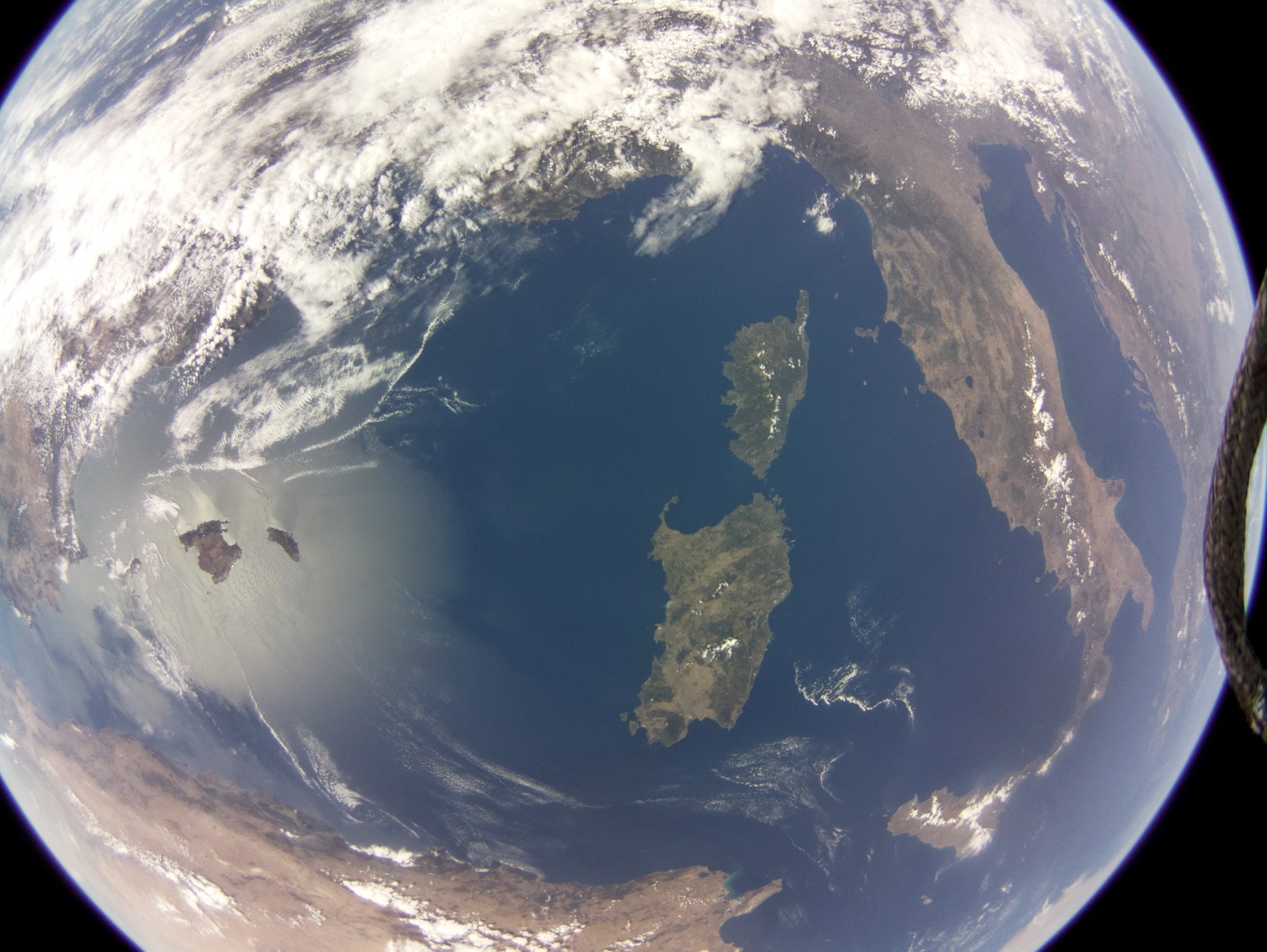SSTL's DoT-1 Mission completed

Image courtesy SSTL
Launched from Vostochny, Russia, in 2019, the 17.5 kg technology demonstration satellite re-entered Earth’s atmosphere and burned up on 4th February, completing its mission objectives.
DoT-1 was designed to provide in-orbit validation for SSTL’s Core Data Handling System (CoreDHS), ensuring a robust foundation for future missions. In addition to its primary mission, the satellite carried secondary payloads, including a Raspberry Pi camera and a Radiation Monitor, developed in collaboration with the Surrey Space Centre. These payloads demonstrated SSTL’s ability to integrate diverse instruments into its platforms while collecting valuable data.
One of the mission’s major technological achievements was the deployment of GNSS Reflectometry (GNSS-R), an advanced technique that repurposes GPS and Galileo signals to measure Earth’s surface properties. DoT-1’s GPS antennas captured reflected signals, allowing scientists to derive ocean wind speeds and other geophysical data.

Above: View of the Mediterranean taken by DoT-1’s Raspberry Pi Camera.
Courtesy SSTL
This achievement played a crucial role in proving the viability of this approach ahead of SSTL securing a contract under the European Space Agency’s (ESA) Scout mission, Programme for the HydroGNSS mission, which consists of two satellites currently in the final stages of manufacturing and set for launch in late 2025.
SSTL has been at the forefront of GNSS-R research since its early experiments on the UK-DMC satellite in 2003. The technology was further refined with payloads on TechDemoSat-1 in 2014 and NASA’s CYGNSS constellation in 2016, which utilised SSTL-developed instruments to monitor cyclones at sea.
Dr Martin Unwin of SSTL, Principal Investigator on the HydroGNSS mission, emphasised DoT-1’s role as a critical stepping stone in GNSS-R innovation: “DoT-1 was a rapidly developed prototype that proved essential in justifying and enabling the HydroGNSS mission. We are immensely proud of the technological advancements achieved on this small satellite.”
As SSTL prepares for the launch of HydroGNSS, the lessons learned from DoT-1 will contribute to improved scientific and environmental insights from space.
Surrey Satellite Technology Limited (SSTL), based in Guildford, UK and owned by Airbus Defence and Space, has been at the forefront of small satellite innovation for over four decades. Responsible for 74 satellite missions, SSTL specialises in the design and manufacture of small satellite platforms, customer training programmes and complete satellite missions.












